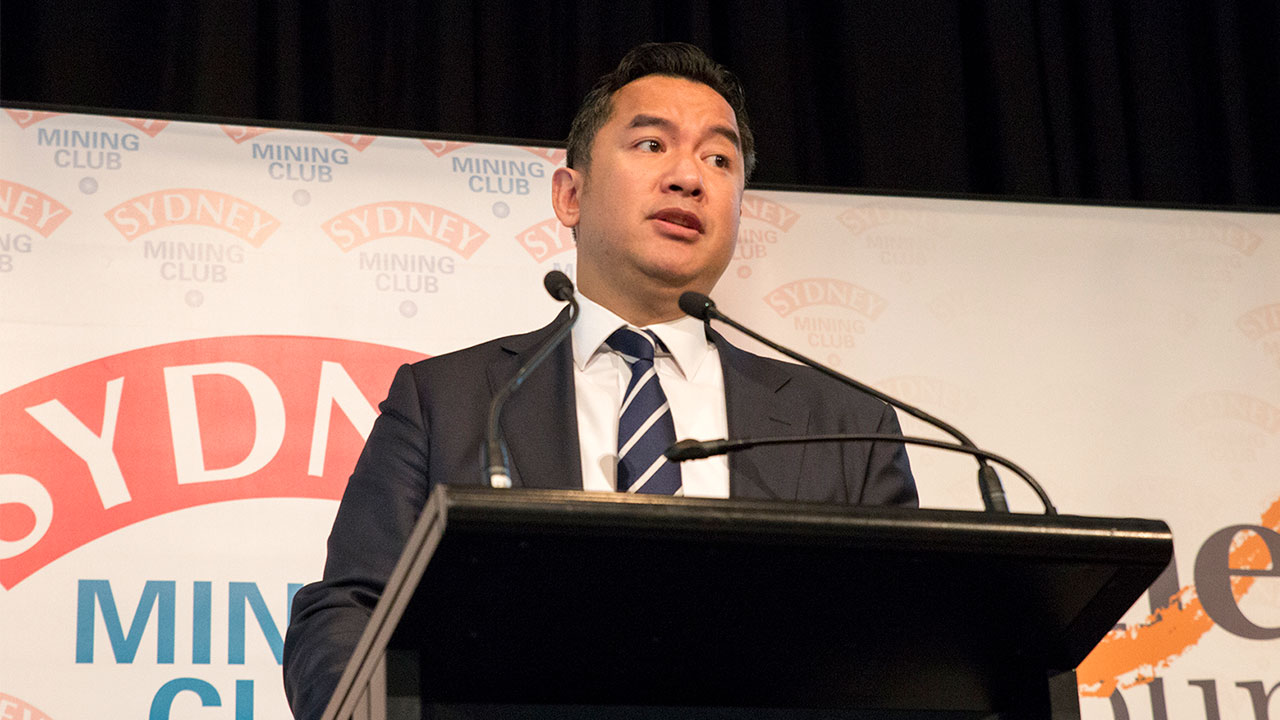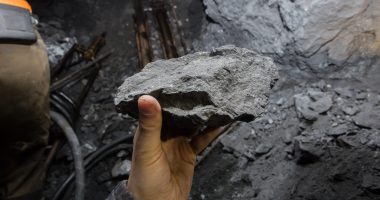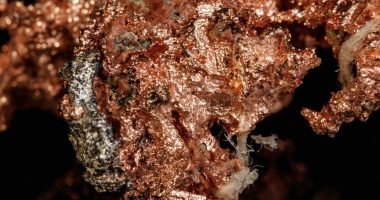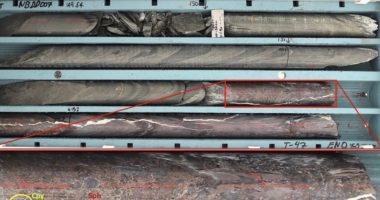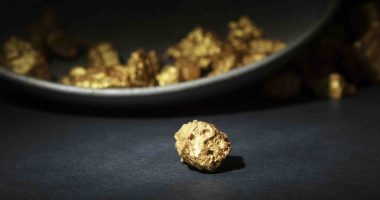- Lithium producer Galaxy Resources (GXY) reported a $429.9 million annual net loss in today’s 2019 annual report
- The loss was underpinned by heavily-reduced revenue and profits from January to December
- A weak lithium market meant that despite record production from its flagship Mt Cattlin project, Galaxy is severely scaling back production in 2020
- In January, Galaxy confirmed production from Mt Cattlin would be slashed by roughly 60 per cent
- The hindrance, however, is expected to be short-term, with a future rebound in the lithium market on the horizon
- Despite the annual loss, shares in Galaxy gained over five per cent today and closed at $1.09 each
Once a poster-boy for lithium production in Australia, Galaxy Resources (GXY) has reported a $429.9 million annual net loss today as it scales down production from its flagship project.
The hefty loss from January to December 2019 looks even worse when compared to the year before, which saw the lithium producer pull in US$150.2 million (A$227.6 million) in net profit after tax.
The yearly loss is underpinned by heavy declines in both annual revenue and earnings. Revenue was slashed by 55 per cent for the year at US$69.5 million (A$105.3 million) compared to 2018’s US$153.9 million (A$233.2 million), while earnings before interest, tax, depreciation and amortisation (EBITDA) came in at US$6.8 million (A$10.3 million) compared to US$58.1 million (A$88 million).
Interestingly, Galaxy mined a higher volume of lithium than ever before in just one year at its Mt Cattlin spodumene project in Western Australia. It was the tumbling price of lithium in 2019 that sent the company into disarray; in 2018, Galaxy sold off its lithium for an average price of US$927 per dry metric tonne, while in 2019 the average price was US$502 per dry metric tonne.
However, the biggest blow to profits was the writing down of inventory at Mt Cattlin. Galaxy announced a severe scaling back of lithium production at the project in October 2019 as a result of the weakened lithium market.
In its final quarterly report for the year, released in January 2020, the company confirmed production would be slashed by around 60 per cent.
The production rates for 2019 don’t reflect this scale-down, as reduction work only started in mid-December.
Nevertheless, the scale-down was certainly reflected in company financials, with US$212.5 in costs associated with writing down Mt Cattlin inventory and property impairments dragging profits further down.
Yet, despite a seemingly-harrowing annual report, the market’s response has been kind; shares in Galaxy Resources closed over five per cent higher today.
Why did Galaxy’s share price rise?
Disappointed though they may be, shareholders have had plenty of time to react to the slashed Mt Cattlin production and general lower performance from the company.
Since their peak in January 2018, Galaxy shares have declined in value by just under 75 per cent.
However, the company’s outlook still remains confident as it claims the weakened production rates are a short-term hindrance. When the scale-down was announced in September, the Galaxy said the company’s long-term demand fundamentals are unchanged, with a future rebound in the lithium market expected in the face of the global switch to electric vehicles.
Galaxy CEO Simon Hay said the primary contributor to the weak 2019 financial performance was the lower price of spodumene — meaning if the price increases, company performance will follow suit.
“Despite the current headwinds facing the lithium industry, Galaxy remains well-positioned to invest in its growth project at the bottom of the commodity cycle and meet a period of double-digit lithium demand growth. Successful operations at Mt Cattlin and a robust balance sheet underpin the Company’s strategy to leverage off its world-class assets to unlock further value for shareholders,” Simon said.
This balance sheet, he added, includes cash and financial assets worth US$143.2 million at the end of 2019.
Furthermore, Mt Cattlin priced its full-year average cash cost per tonne of spodumene produced at US$391, making it one of the lowest-cost lithium concentrate operations in the globe.
As such, perhaps investors would rather Galaxy scale down operations to preserve the future of Mt Cattlin than try churn out as much lithium as possible in a weak market and subsequently miss out on future opportunities.
Or perhaps lithium could become an untouchable industry as the world waits for the lucrative metal to take the energy world by storm.
Regardless of the reason, shares in Galaxy gained 5.31 per cent today and closed at $1.09 each. The company has a $446.33 million market cap.


